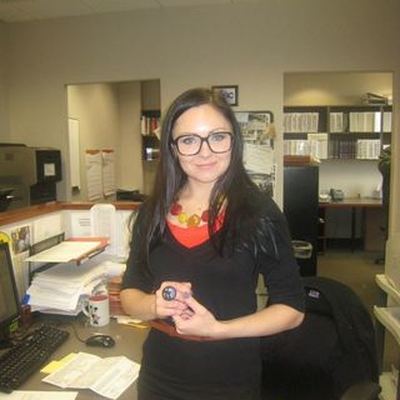All patients experience swelling after rhinoplasty. Skin tissue and blood vessels get damaged during surgery,. This leads to circulatory disorders and a temporary slowdown in the fluid outflow. As a result, your e-nose swells.
This phenomenon is a natural reaction of the body, not a complication. The symptom goes away on its own, but there are tools that will quickly relieve swelling after a nose job.
Remedies for swelling after rhinoplasty
Consider a few tips that will reduce swelling. It should be noted that these techniques should be used with the permission of your rhinoplasty specialist.
Cold compress
Cold[] temporarily stimulates the outflow of fluid and blood from the operated area. Use a napkin soaked in cold water or ice cubes folded in a plastic bag and wrapped in a towel. It is very important to use compresses not on the operated area, but near it. Apply it on the eye area, forehead or lips.
Medications
Your surgeon may recommend anti-inflammatory, analgesic drugs, and also some medication that normalizes blood circulation. Please note that all the drugs should be used only on prescription. Talk to your doctor about the medication that you used before, as far as some of them thin the blood and may provoke bleeding.
Physiotherapeutic procedures
Ultrasound therapy can eliminate the swelling for a long time. This method helps normalize blood circulation and stimulate metabolic processes. The skin tissue regenerates faster.
General recommendations:
- sleep only on your back, using a high pillow to ensure blood flow from the operated area;
- cut out salty, sour and spicy foods;
- do not tilt your head until the secondary swelling subsides;
- cease physical activity;
- eliminate smoking;
- do not drink alcohol and soda beverages.
Stick to the recommendations of your plastic surgeon. This is very important if you want to get the desired result after a nose job and minimize the rehabilitation period.
How long does swelling persist after rhinoplasty?
On average, the outflow of fluid lasts about a year. The recovery time depends on personal characteristics. Generally, there are 4 stages. Each of them has its own requirements, which accelerate the process of outflow of liquid:
The first stage (1 week)
Swelling may already be seen during the operation and changes in size over several days. The surgeon places a splint on the nose to maintain its shape. This prevents the nose from bruising, but edema spreads to the eyelids and cheeks. Remember, that this is quite normal.
At this stage it is recommended to sleep while sitting. The elevated position of the head makes the blood outflow faster. You may want to take a week off at work.
The second stage (2-3 weeks)
The face condition is getting better. Most often, edema after rhinoplasty isn’t seen anymore. Sometimes bruising around eyelids remains, but it can easily be covered with a skin foundation. You can safely return to an active social life. To make the recovery even faster, you should sleep on your back, give up carrying heavy things and take care of your face.
Third stage (2-3 months)
Edema after rhinoplasty remains only as invisible seals in the nose. The best you can do at this point not to rub your nose, continue to sleep on your back and do not keep your head bowed for a long time.
The fourth stage (4 months - 1 year)
Small residual effects gradually disappear completely, so the nose looks perfect by the end of this stage.
In fact, edema after rhinoplasty is an absolutely normal phenomenon, it passes relatively quickly, and soon your appearance will return to normal.
 Amelia Grant - -
628 views -
0 Comments -
1 Like
Amelia Grant - -
628 views -
0 Comments -
1 Like